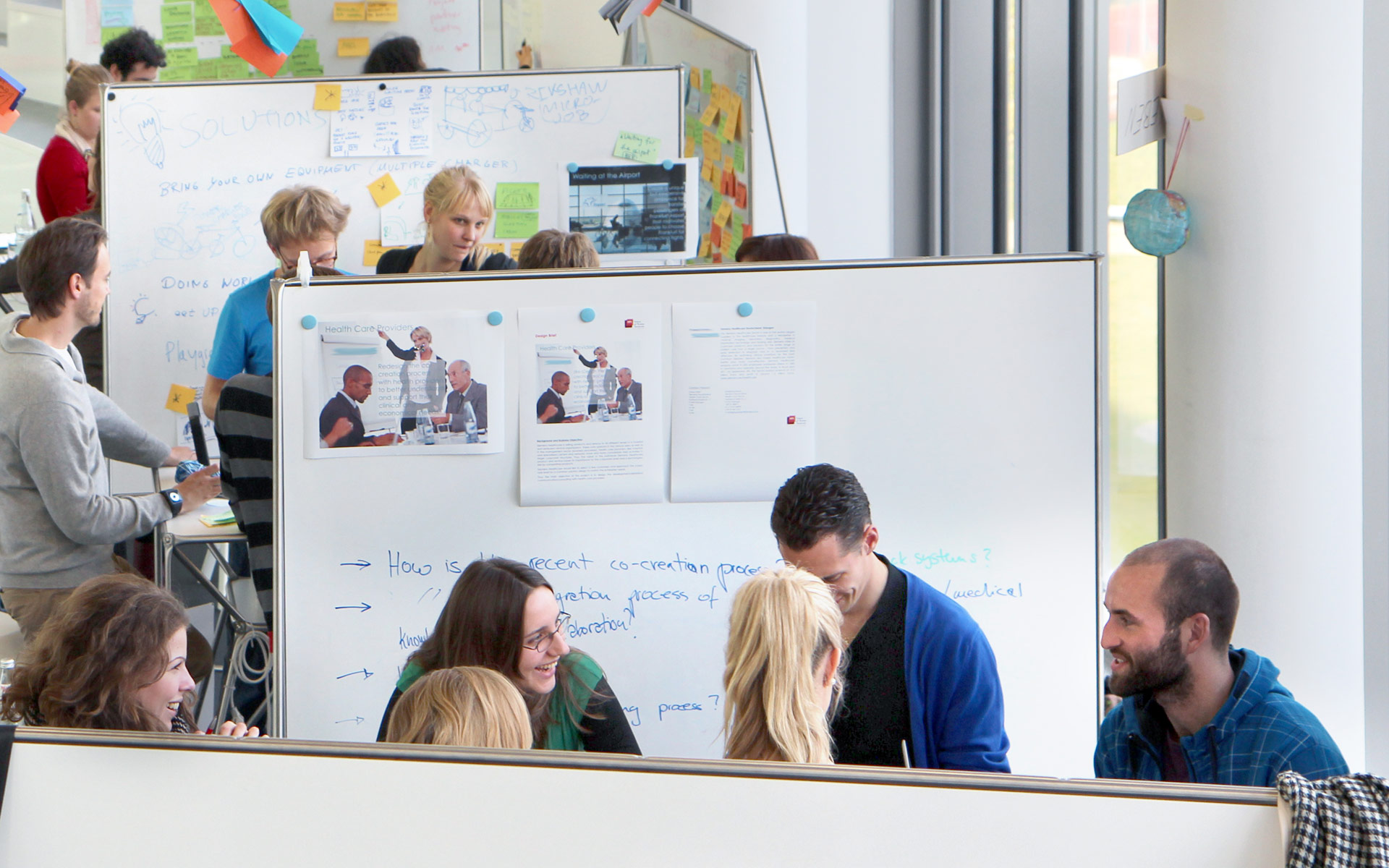PI: Allan Reiss
Abstract
The ubiquity of technology in today's world is exemplified by our ability to connect with each other instantly all around the globe. Advances in video conferencing capabilities combined with dramatic socio-dynamic shifts brought about by COVID-19, have redefined the ways in which humans interact in modern society. Human reliance on effective virtual interfacing (e.g., Zoom conferencing) is evermore present in today's COVID-19 world, and will undoubtedly expand in the future. This digitalization has direct implications for the output and impact of human interactions across all industries and practices like medicine, design, and education, to name a few. While the emergent field of functional near-infrared spectroscopy (fNIRS) hyperscanning – measuring two or more brains at the same time – has begun to elucidate the neurobiological signatures that underlie human-to-human interactions, very little is currently understood about how virtual interfaces influence these signatures. Our HPDTRP research aim is therefore to apply fNIRS hyperscanning to quantify and derive the neural differences between virtual and in-person interactions of humans in collaborative settings. In the current grant period 2020-2021 (Year 1), our objective is to determine differences in collaborative outcomes (i.e., creative innovation, consensus decision making and interpersonal closeness) and inter-brain synchrony in virtual versus in-person interactions. For the upcoming HPDTRP grant period 2021-2022 (Year 2), we will add a new exciting component to our data capture that will enable us to assess if and how interpersonal closeness impacts the creative innovation outcome of a team. We will also continue to collect and process the data from Year 1. Keyobjectives for the Year 2 funding period include:
[1] Objective I: Complete data collection and analysis to determine differences in collaborative outcomes (i.e., creative innovation, consensus decision making and interpersonal closeness) and inter-brain synchrony invirtual versus in-person interactions (Study 1). Note: We received approval to resume data collection at Stanford University School of Medicine on May 25, 2021, and have already collected data of N = 22 participants.
[2] Objective II: Determine and understand the impact of an interpersonal closeness priming activity on the collaborative outcome (i.e., creative innovation) and inter-brain synchrony in virtual versus in-person interactions (Study 2).
Team
Grace Hawthorne, Stephanie Balters

